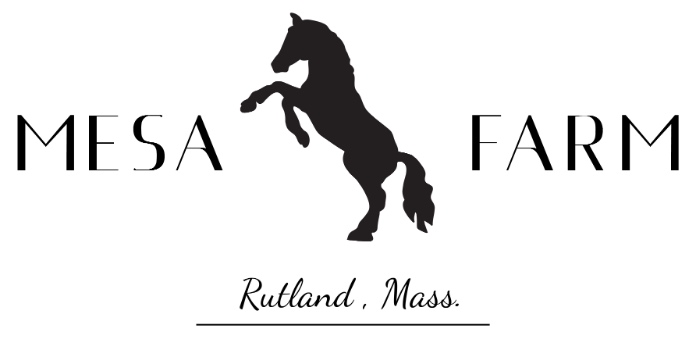July 12 – July 18
Tuesday, July 21, 2020 | By: Mesa Farm
Share
My last post had livestock updates so I thought I'd start some land updates today:
Drought: My dad kept a calendar for many years recording the amount of rain we received each day on our home farm. Minnesota is generally a drier climate than New England, so most rains (except during haying, grain harvest and deer hunting seasons) were considered blessings. Dry years were more common than years with excessive rain. I haven't kept up that tradition here, but we've had a shortage of moisture this year. The rainstorms just seem to keep missing us.
Hay: We still haven't harvested our 9 acre hayfield. First we were waiting for the contractor to repair the foundation on our barn where it is starting to give out. (Probably not a good idea to put over 20 tons of hay in the mow of a bank barn with a collapsing foundation). He was supposed to have it done by early July which would provide good nutrition for the horses with the bonus of allowing the bobolinks to hatch and fledge their brood instead of risking destroying nests and hatchlings with haying equipment. But he hasn't yet communicated when he's doing the work.
Our 10 acre field provides on average, around 1000 bales of hay which is about a quarter of the hay needed to feed the livestock for a year. The barn mow only holds a little more than a third of the hay needed per year, so I need to stagger my purchasing of hay as well as sometimes use the indoor riding ring for some hay storage. I ended up purchasing a tractor-trailer load of large rectangular bales (700 pounds each) from a nearby farm in Spencer and stacked them two high to form a solid base in the indoor. I've decided that when the weather does cooperate (we need three days without rain in a row for the hay to dry properly once it is cut) that I'll stack the hay from our field on top of the large bales in the indoor and that should hold most of the hay from our field. Especially since it looks like the yield will be down because of the drought. The quality decreases as the grass matures but fortunately horses don't need high protein hay.
Grazing:
The sheep do need high quality feed while growing or producing milk so I do that by rotationally grazing what limited quality grass I have. I pastured them in the orchard for a few days earlier this month and then I even put them for a day on the lawn behind the house (don't tell Ann, athough she likely saw it). From there they went between the road and the new fence. They reached as high as they could to eat the poison ivy off the trees it was climbing. Then they grazed between the fence and Muschopauge Road on the "house" side of the street. I've now used the temporary fencing to divide up the pasture lot next to the outbarn and will rotate through the available fields again. Once we get the hay cut and that field gets a chance to grow back I'll have that 9 acres of quality "second cut" to graze, which, in ideal conditions, is when the lambs are getting to be 50-70 pounds and will continue to eat well and grow rapidly into the fall.
Meanwhile, the cows are eating what they can find in the woodlot, the goats have a couple acres next to that.
The horses, not being ruminants, are not good grazers. They get access for an hour or so every day to the 3 acre field adjacent to their lot. They repeatedly overgraze what is already short and ignore the mature grass, leaving manure piles congregated in groupings rather than returning that fertility evenly throughout the field. In New England, I think it is better for their health and for the land when they are primarily fed hay on drylot.
Have a blessed sabbath day tomorrow.
-Average annual rainfall in Deer Creek MN: 27 1/2 inches
-Average annual rainfall in Rutland, MA: 47 inches
-National average: 38
Best trail camera photos of the week:
First photo: Bobcat
Second photo: The new big bales stacked in the barn. The semi holds fifty-seven 700 pounds bales. Each bale will last a dozen horses a day and a half.

